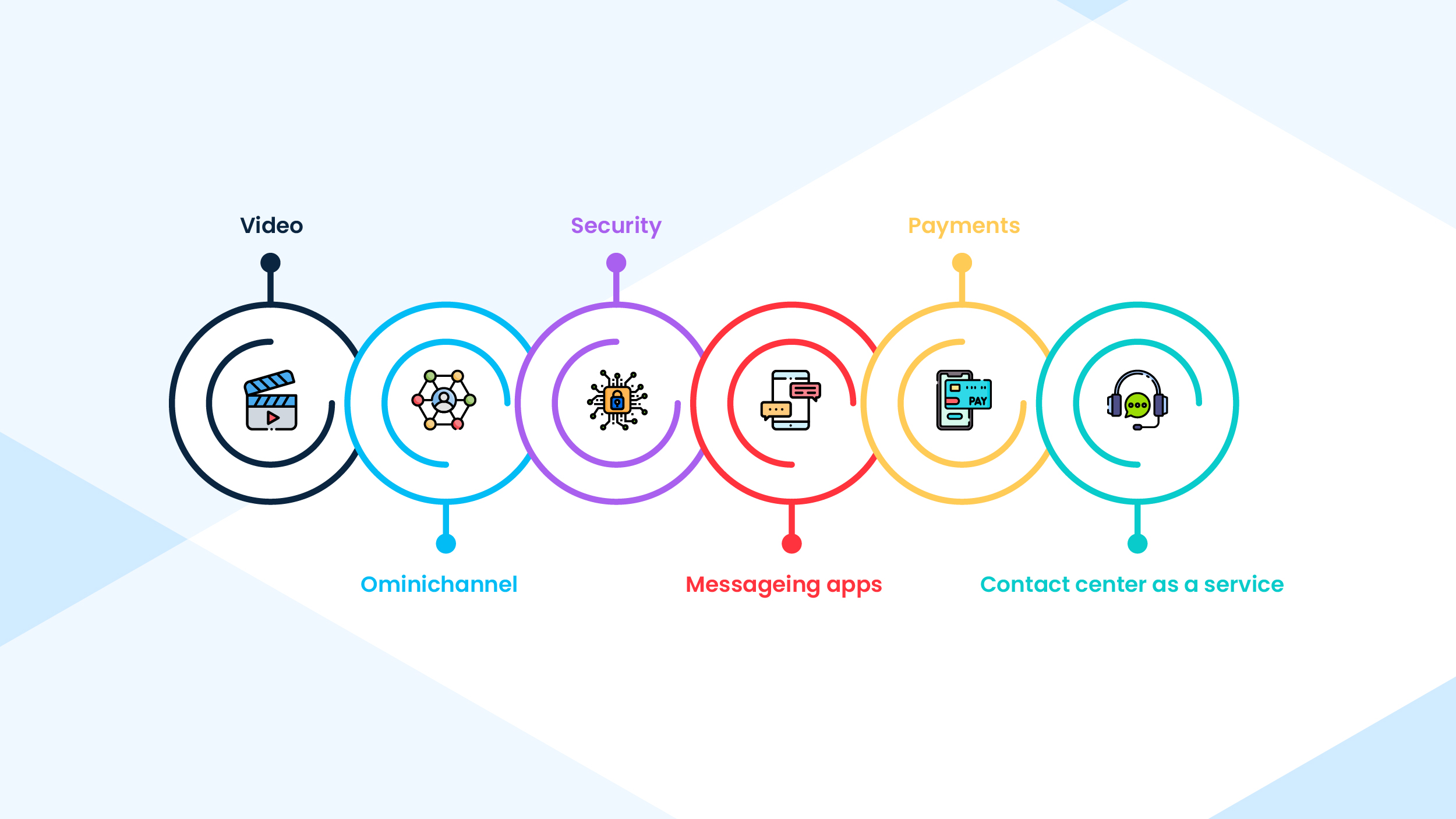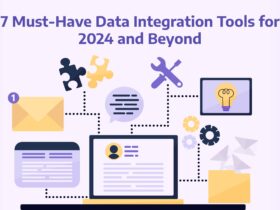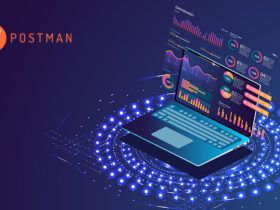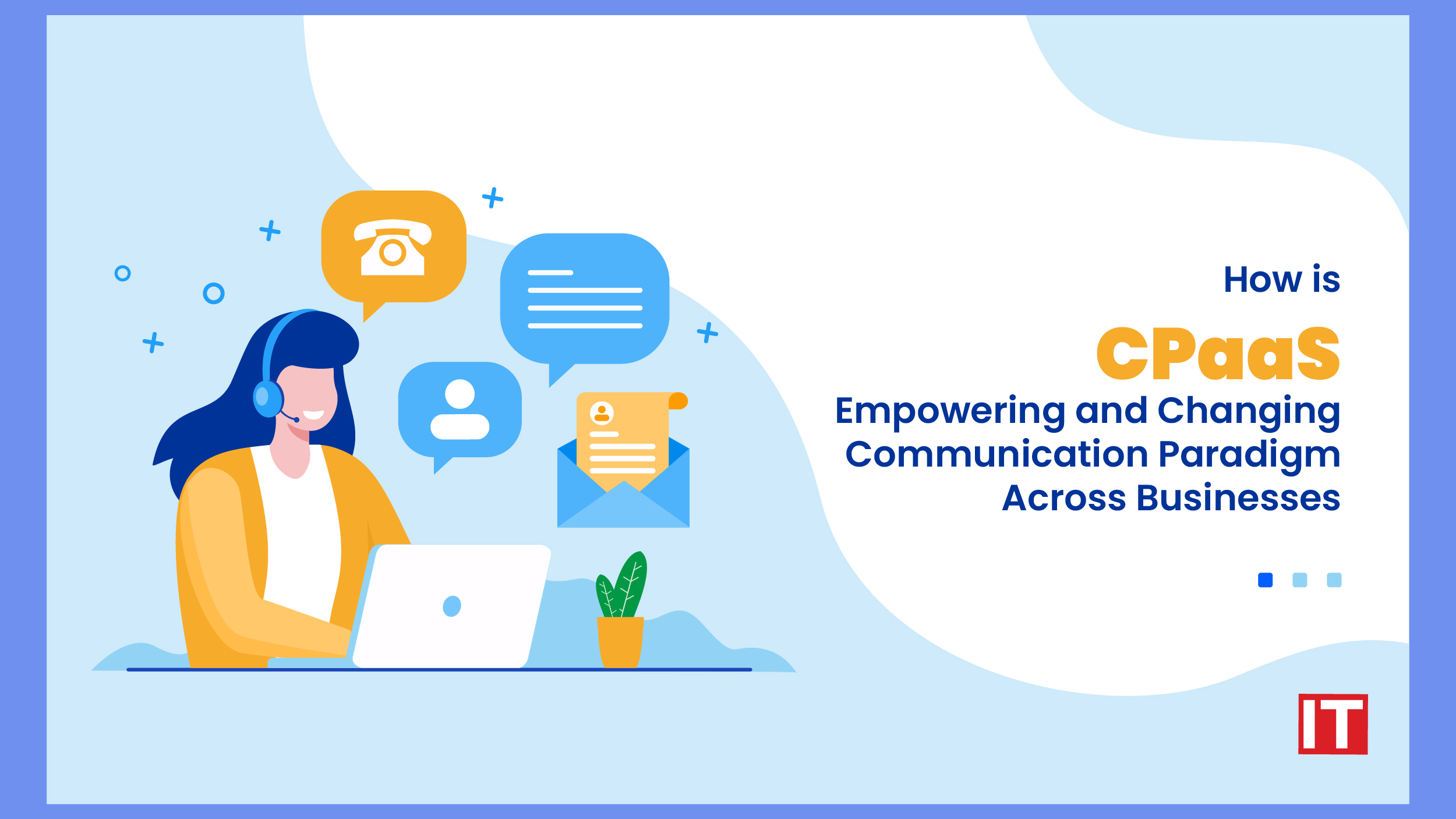Today communication is the key to your audience. Whether you are a small business or a prominent business globally, visibility and communication are the must needs for you.
The CPaaS is your ultimate friend when it comes to communication with your customers and clients. The best part about this – you don’t need to be an IT guru to crack this tech. It comes with a fully supported framework.
Real-time, cloud-based, tailored communication services like video chat or two-factor authentication can be easily integrated into an existing application using CPaaS. It is the perfect option for small businesses wishing to interact with and expand their consumer bases because of its scalability and flexibility.
What is CPaaS?
The abbreviation stands for Communication Platform as a Service. To the layman, the CPaaS meaning is essentially a whole and sole software that is constructed on the cloud and administered from there, allowing you to manage your corporate communication quickly and effectively.
Without needing to create your own, a CPaaS offers a full development platform for real-time communications features. Software tools, standards-based APIs, sample code, and ready-made applications are frequently included in this. Additionally, CPaaS companies offer product documentation and assistance to aid developers in their development work. Additionally, some businesses provide libraries and software development kits (SDKs) for creating applications for various desktop and mobile platforms.
According to Wainhouse Research, there will be more than 75 billion connected devices by 2025.
In this scenario, companies need to strengthen their communication stack when dealing with IoT and connected devices of their consumers to match the changing consumer preference and touchpoints.
Since it consists of a variety of independent software suppliers, systems integrators, service providers, and traditional equipment vendors, the CPaaS industry is hard to characterize. Analysts believe it will continue to expand from here, despite this.
Also Read: How is Metaverse Technology Revolutionizing The Digital World Landscape?
How Does CPaaS Work?

The CPaaS technology is programmable and cloud-based. A comprehensive variety of services, such as video conferencing, SMS/MMS, interactive voice response (IVR), and chat, are often available. In order to integrate communications features into an existing app, it leverages communication application programming interfaces (APIs), which serve as software translators between two separate apps.
The platform’s main goal is never compromised because these crucial services are then accessible for use. CPaaS is a component of your system if all communication regarding your company’s most recent endeavor uses an internal platform rather than external platforms like Skype or Google Hangouts.
Developers can easily integrate CPaaS capabilities into their applications by using third-party CPaaS providers rather than building their own CPaaS infrastructure from scratch. These CPaaS providers provide all the tools a developer requires, such as common APIs, code, and even software development kits for a seamless connection. The service is then often billed to developers on a monthly subscription basis.
Pitching a Holistic CPaaS View
Prior to the existence of CPaaS platforms, certain business activities would have been laborious. This represents a significant advancement over previous versions because of imaginative design, astute planning, and good embedding of communications APIs.
IDC predicts that by 2025, 75% of business executives would use digital platforms and ecosystem capabilities to adapt their value chains to new markets, industries, and ecosystems, driven by unstable global conditions.
With yesterday and today changing the landscape of this industry, let’s have a look at where the industry really stands today.
Yesterday
CPaaS was a relatively new concept more than ten years ago. Infrastructure, which was frequently in the form of software created to run on actual servers or even proprietary hardware, was what powered communications services. Before the advent of CPaaS, the only ways of communication that were favored by clients were SMS, voice, and email.
Businesses were deliberately compelled to get in touch with carriers directly if their products required communication capabilities. While the requirements given to carriers varied, some of them shared some similarities, such as complex equipment, the need for specialized personnel to maintain it, or the various fees carriers demanded in exchange for the right to patch directly into their networks.
It was extremely challenging to develop apps that enabled particular types of communication before the invention of CPaaS. An organization might, for instance, have posted an appointment scheduling tool on its website. However, it appears unlikely that it would be able to maintain the carrier and network connections required for the program’s automatic SMS appointment reminders.
Today
Many businesses are already employing CPaaS services to add real-time communication capabilities to their current applications without having to worry about the backend infrastructure or user interfaces. Businesses use CPaaS mostly because it makes it easier to establish long-term client relationships by offering top-notch customer service.
By integrating these technologies with your current apps, you may respond to your customers’ inquiries with relevant, engaging context. Additionally, the cloud’s design makes scaling up and down easy, and you only pay for what you need. Businesses don’t have to pay for services they don’t require or use, which is a big advantage.
All you have to do is include the service APIs into your existing apps because CPaaS is an open platform. Additionally, it has a framework for adjusting real-time messaging to meet your needs. With CPaaS solutions, additional software tools, features, APIs, sample code, comprehensive documentation, SDKs, and more are provided so that your developers may smoothly incorporate it into your current IT environment.
Tomorrow
As technology becomes smarter and moves closer to communication compatibility with people, cloud-based communications platforms will advance the concept of automated self-service, among other corporate activities.
When coupled, the technologies add value across all industries. Smart shopping assistants, for instance, will soon be more adept at making product recommendations based on a user’s browsing history. The software will provide accurate translations in real time, doing away with the need for pricey multilingual customer service personnel.
Every phone or webcam may become a biometric security checkpoint with the help of APIs, CPaaS video chat technologies, and facial recognition AI. Every business will be able to deploy whole teams of customer service personnel who are only chatbots thanks to the continued expansion of chatbots’ capabilities and scope.
From 1960 to the present, chatbot development has been fascinating. In terms of functionality and user experience, chatbots have advanced, and their significance in the business world cannot be understated. Chatbots were first solely used to engage with customers and respond to their questions, but over time, they evolved to add intelligent solutions based on client feedback, such as discount offers or programs for enhancing commercial opportunities.
Did Pandemic Drive the CPaaS Revenue in the 2020s?
As businesses sought to replace face-to-face communication, the epidemic increased demand for embedded and digital communications. There are now more CPaaS use cases in telehealth, e-commerce, and retail. Healthcare organizations can utilize CPaaS to provide virtual waiting rooms and remote patient monitoring, for instance, in addition to the conventional use case of text message appointment reminders.
Programmable video is another area that is expanding as businesses try to use video to replace in-person contact. Video banking, video-assisted sales, and customer support are examples of use cases for programmable video.
In order to allow agents to work remotely, contact centers adopted CPaaS as a result of the pandemic. In order to support remote work, businesses with on-site contact centers had to quickly migrate to the cloud. The widespread use of cloud-based contact centers also accelerated the uptake of CPaaS because many of these platforms have CPaaS APIs built in.
To Sum it Up
Not only did the pandemic effectively become a flagbearer of CPaaS, it also created a landscape ripe for its adoption and advancement. Several services of the product since then have effectively dominated the market of communication.
According to IDC, to enable innovation and growth in the new normal, 60% of G2000 enterprises will have built their own business innovation platforms by 2023.
Due to the wide variety of communication choices and client expectations for service on the platform of their choice, omnichannel communication is increasingly seen as a key factor in determining customer satisfaction. Additionally, CPaaS offers enhanced data security, a greater Net Promoter Score (NPS), and new channels for consumer interaction.
This is only the beginning. Future technologies like bots and AI are integrated with CPaaS, therefore its significance will continue to increase exponentially. In this regard, it’s accurate to claim that this technology has a wide range of existing uses and boundless promise for the future. This will further enable firms to abandon the tools they were using in the past and adopt the newest technology available.


































